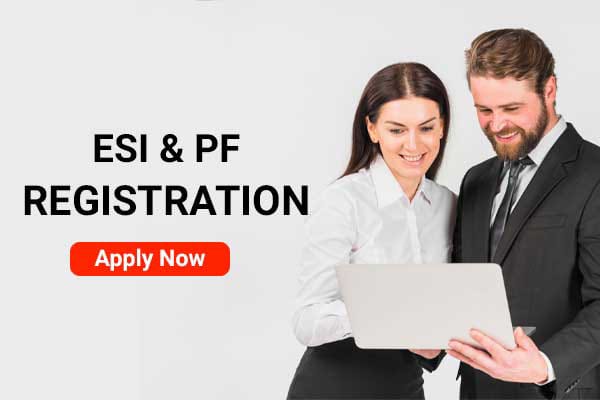Registration Process of PF & ESI
🔷 PF Registration (Under EPFO)
1️⃣ Visit EPFO Portal
Go to https://www.epfindia.gov.in
2️⃣ Register on the Employer Portal
Create an employer login ID on the Unified Shram Suvidha Portal (USSP).
3️⃣ Fill Employer Registration Form
Enter company details, contact info, PAN, etc.
4️⃣ Upload Required Documents
-
Company PAN
-
Certificate of Incorporation
-
Address proof
-
Employee details (name, salary, DOJ, ID)
-
Bank details
5️⃣ Digital Signature (DSC) Verification
Attach DSC of the authorized signatory for approval.
6️⃣ PF Establishment Code Allotted
Once approved, you’ll receive your PF Registration Number / Establishment Code.
🔷 ESI Registration (Under ESIC)
1️⃣ Visit ESIC Portal
Go to https://www.esic.in
2️⃣ Sign Up as Employer
Register under “Employer Login” on the ESIC portal.
3️⃣ Fill the Employer Registration Form (Form-1)
Provide company and employee details, nature of work, number of employees, wages, etc.
4️⃣ Upload Documents
-
PAN & GST of business
-
Registration certificate
-
Address proof
-
Bank details
-
Employee list
5️⃣ Verification & Submission
Submit the application with DSC.
6️⃣ Receive 17-Digit ESIC Number
You will be allotted a unique 17-digit Employer Code Number.
Post-Registration Compliance:
-
File monthly PF & ESI returns
-
Deposit contributions before the 15th of each month
-
Maintain employee registers and wage records
-
Inform about employee additions or exits


